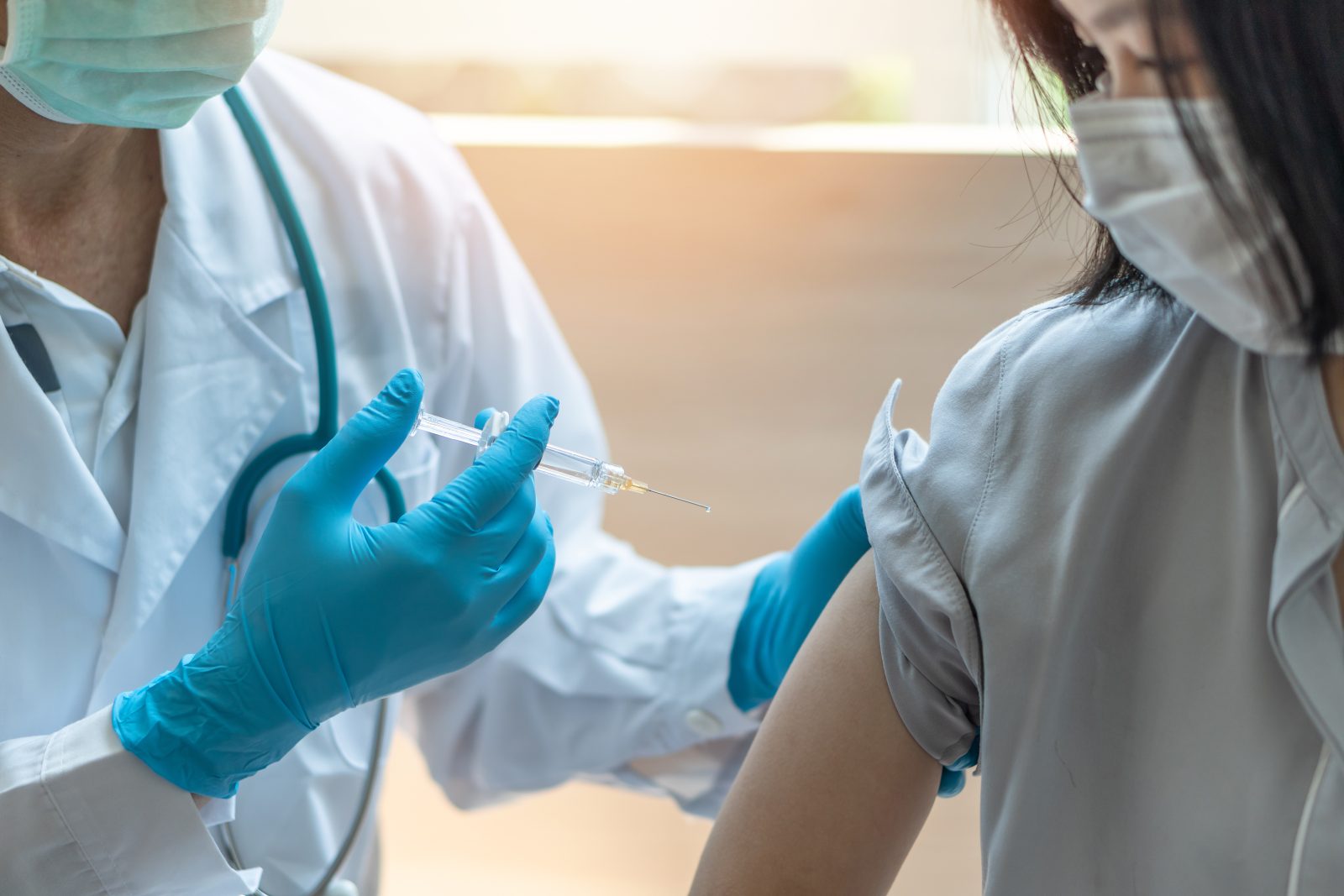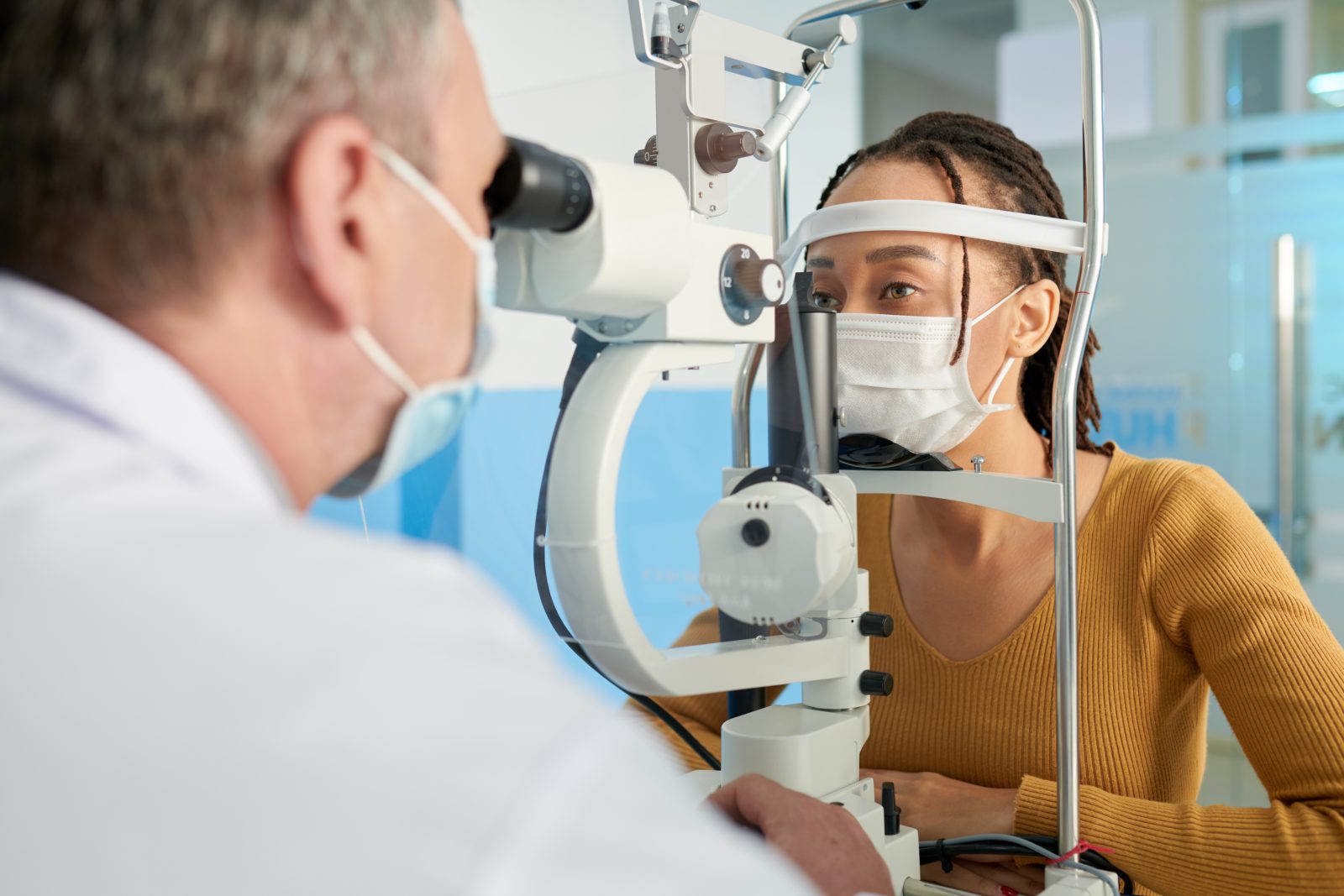USDA farmers markets

The US Department of Agriculture (USDA) just launched a Farmer’s Market Directory that helps users find farmers markets in their area. The tool allows users to search by state, zip code, available products and season (winter vs. summer markets). With this directory, the USDA aims to “provide consumers with convenient access to information about farmers […]
HIV MTCT in Uganda

According to the World Health Organization, 35 million people were living with HIV in 2013. That number includes 16 million women and 3.2 children. Additionally, there were 2.1 million new infections that year while AIDS was responsible for 1.5 million deaths. Though HIV is a global epidemic, almost 70% of cases and 80% of deaths […]
Sexual violence against children

Sexual violence against children is a global problem according to a new study released by the Centers for Disease Control and Prevention’s (CDC) Morbidity and Mortality Weekly Report (MMWR). Violence Against Children Surveys (VACS) are available globally in collaboration with Together for Girls (TfG) and members of the organization. The surveys were administered in household, […]
Chloroquine ineffective for Ebola treatment

Chloroquine, an antimalarial drug once thought to be a viable treatment for Ebola, was ineffective in a new study using mice and hamster models. Chloroquine has been proven safe for humans and is also inexpensive. For more than 30 years, chloroquine has been effective due to its antiviral properties in HIV-1, coronaviruses, dengue, chikungunya and influenza treatments, […]
Increasing melanoma rates

A recent press release by the CDC reports increasing melanoma rates in the United Sates. From 1982 to 2011, melanoma rates tripled from slightly over 11 occurrences per 100,000 people to almost 23 per 100,000. Over 90 percent of these cases occur as a result of overexposure to ultraviolet radiation. Skin cancer is the […]
Lassa fever death in U.S.

The Centers for Disease Control and Prevention (CDC) confirmed a death in the U.S. by Lassa fever. The patient traveled from Liberia to Morrocco and landed at JFK International Airport. Lassa fever is a viral disease common in West Africa. It was discovered in 1969 and named after the Nigerian town where it was first diagnosed […]
Journey towards polio eradication

Polio eradication remains a priority for the Centers for Disease Control and Prevention (CDC). “Without eradication, a resurgence of polio could paralyze more than 200,000 children worldwide every year within a decade,” says Dr. Thomas R. Frieden, Director of the CDC. The journey towards polio eradication has been a collaborative effort. In 1998, the CDC […]
Skin cancer control and prevention

Skin cancer affects nearly 5 million Americans every year making it the most common type of cancer in the U.S. But as the Centers for Disease Control and Prevention (CDC) points out, skin cancer is preventable in most cases. The most preventable cases are those caused by ultraviolet (UV) light exposure from the sun or […]
Cervical cancer screenings

A recent tweet by the Center for Disease Control is urging women to get screened for HPV and to learn more about the link between HPV and cervical cancer. According to the CDC, HPV is the most prevalent sexually transmitted infection, so much so that almost every sexually active individual will contract a strain of the virus at some […]
May is healthy vision month

Routine vision exams are just as important as eating healthy and exercising. A comprehensive dilated eye exam can check for common eye problems. The U.S. Preventative Services Task Force recommends vision screenings for all children 3 to 5 years old to detect conditions such as lazy eye and amblyopia which can be treated if detected […]
ALS registry proves beneficial

The ALS bucket challenge that went viral in the summer of 2014 brought awareness to a disease thousands of Americans get diagnosed with every year. The challenge brought in more than $115 million in donations. Amyotrophic lateral sclerosis is most commonly known as “Lou Gehrig’s disease” after the New York Yankee diagnosed with ALS in […]
Foodborne illnesses in America

Foodborne illnesses are very common in the U.S. According to the Centers for Disease Control and Prevention (CDC), every year 1 in 6 Americans will get sick from contaminated foods or drinks. In 1999, Dr. Paul Mead along with CDC colleagues published Food-related Illness and Death in the United States. Since then it has been the […]
